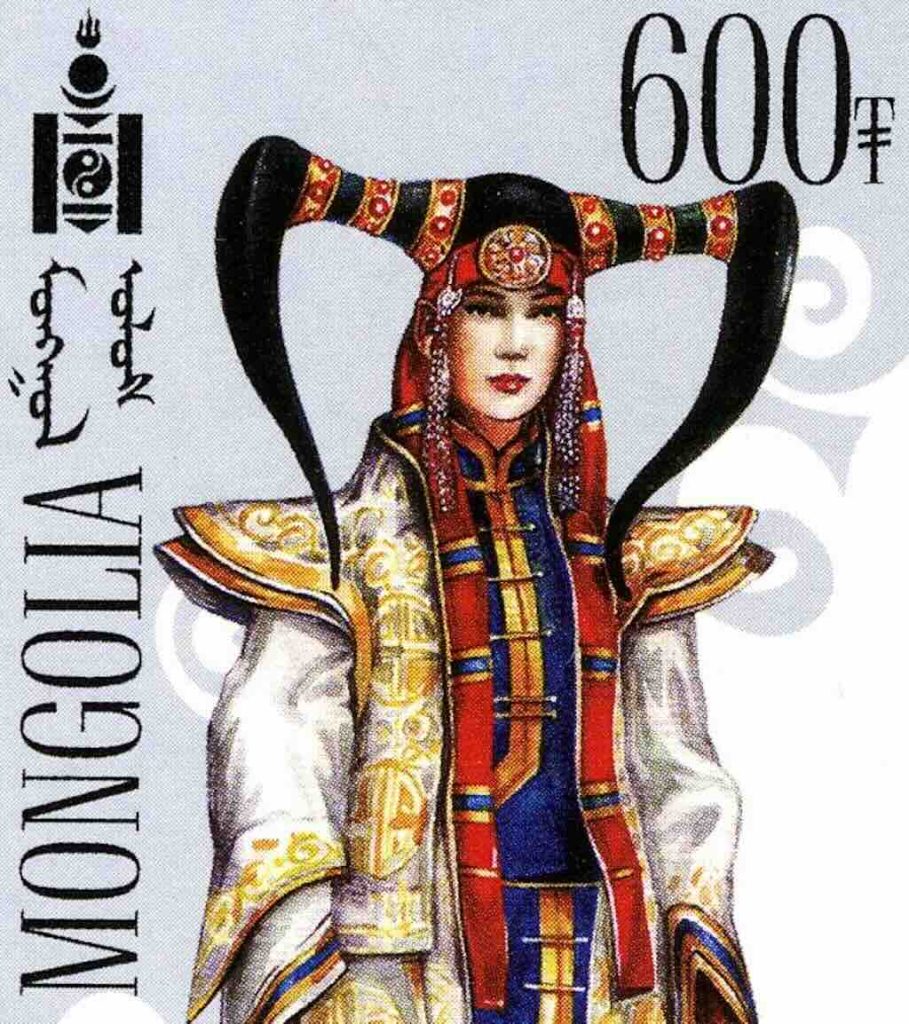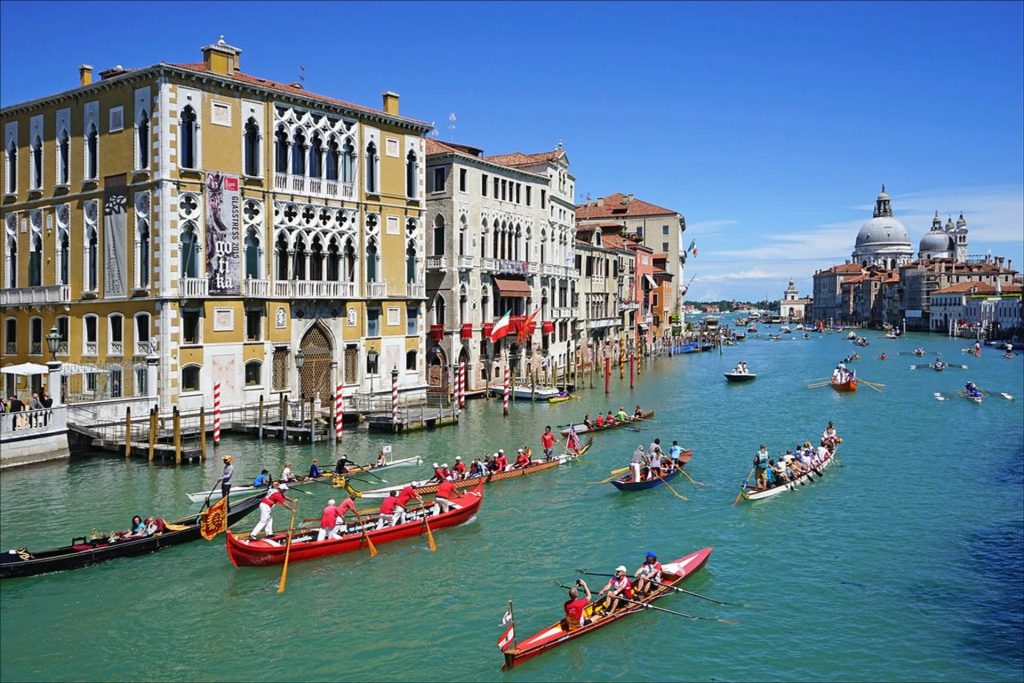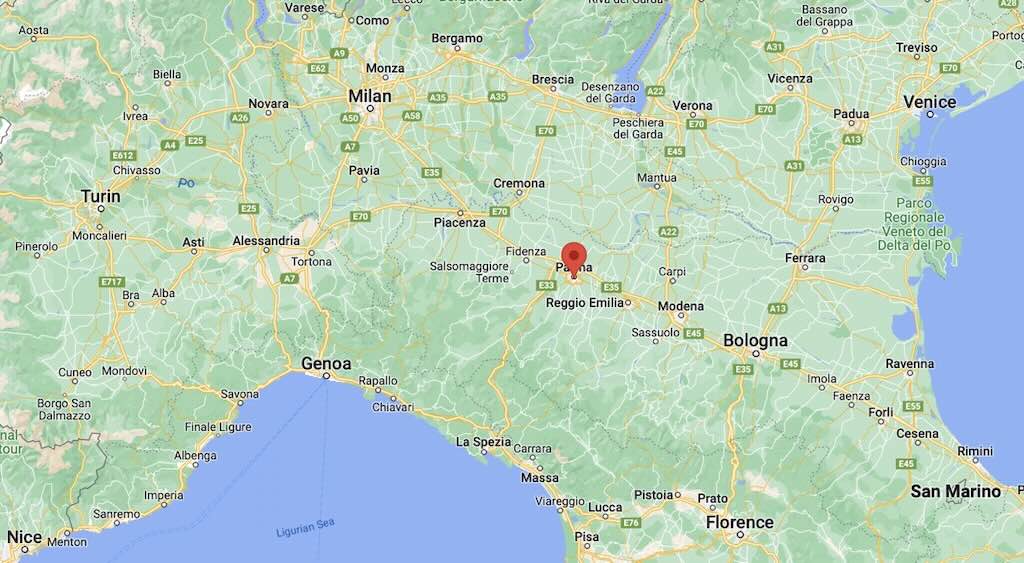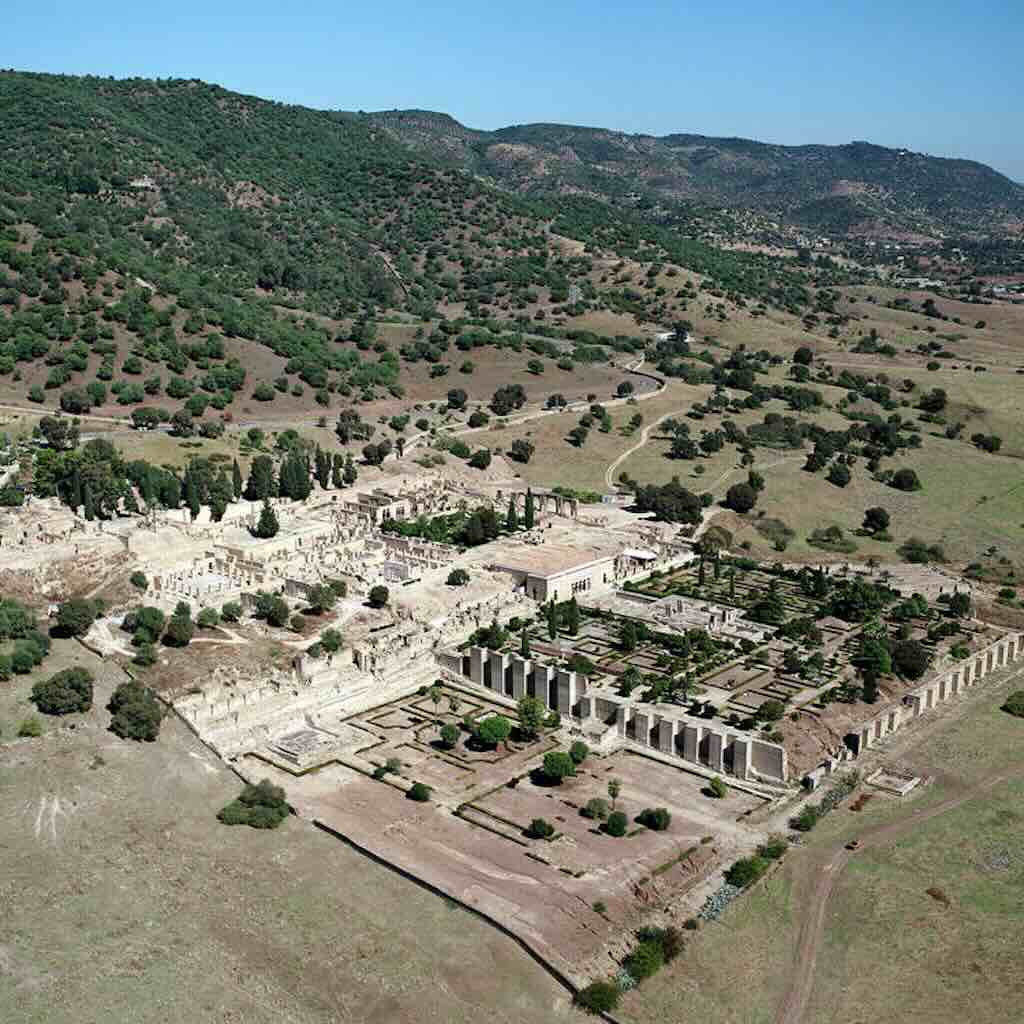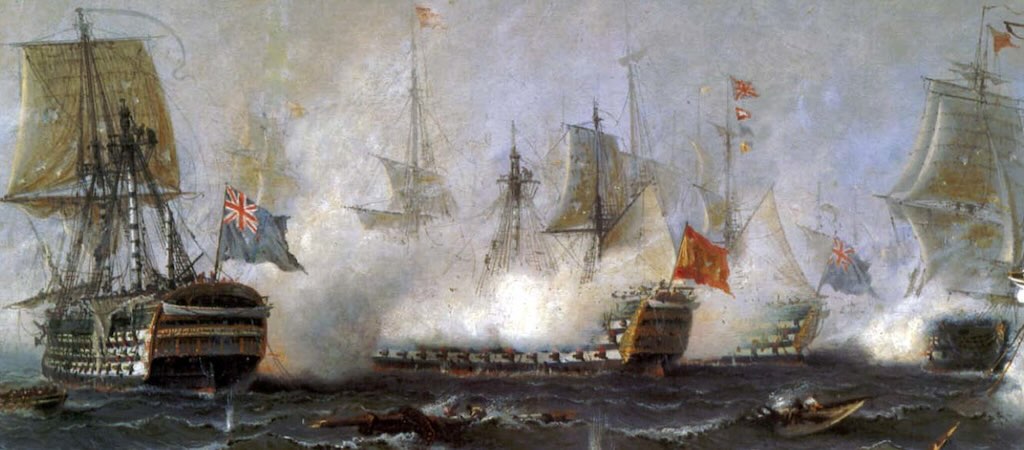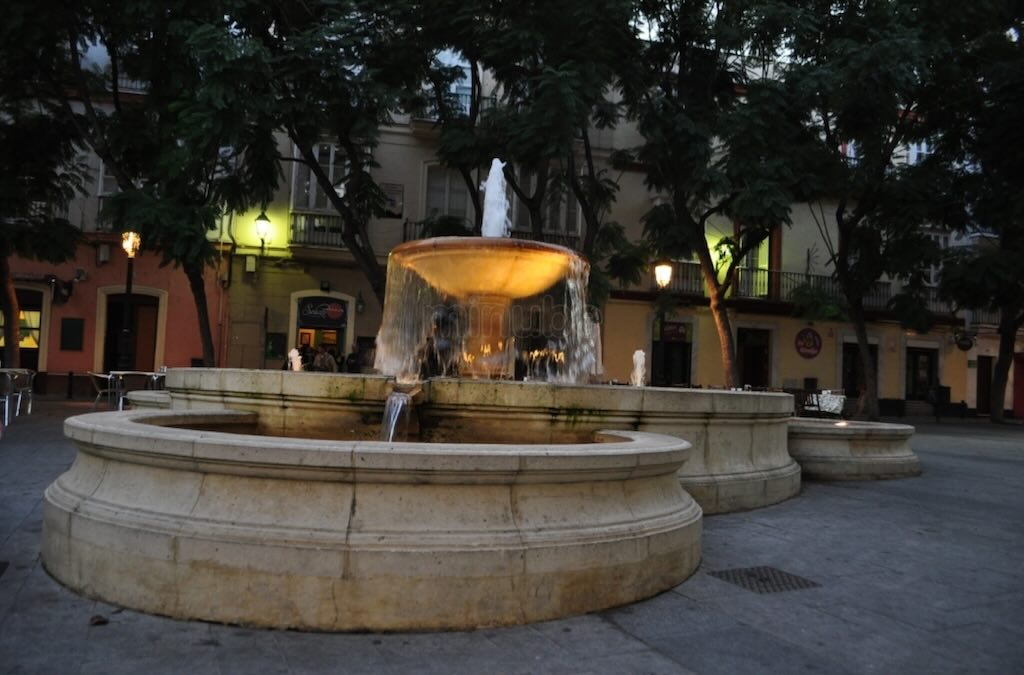As I started to try to arrange my old collection of postage stamps, and including a few old albums bought on eBay, I was always drawn to the occasional big and very colourful stamps from Mongolia.
So it’s not so surprising to find here a short posting on my little, and very unrepresentative, collection of 135 Mongolian stamps (including duplicates).
It’s worth mentioning that as a kid I remember Mongolia being occasional refereed to as “Outer Mongolia“, presumably because “Inner Mongolia” is an autonomous region of the People’s Republic of China.
I’ve also seen that I have 10 interesting stamps from Tannu Touva, now known as the Tuvan People’s Republic. It is an administrative part of Russia, that sits north-west of Mongolian, and Wikipedia has a webpage devoted to their early stamps.
If you’re interested in the headdress shown above, check out the description at the end of this post.
Introduction
According to Wikipedia Mongolia is a landlocked country in East Asia, bordered by Russia to the north and China to the south. It covers an area of 1,564,116 square kilometres (603,909 square miles), with a population of just 3.3 million, making it the world’s most sparsely populated sovereign state. So Mongolia is about 3 times the size of Metropolitan France, but with less than 5% of the French population.
In terms of regions, East Asia includes the modern states of China, Japan, Mongolia, North Korea, South Korea, and Taiwan, and includes Hong Kong and Macau.
Mongolia is the world’s largest landlocked country that does not border a closed sea, and much of its area is covered by grassy steppe, with mountains to the north and west and the Gobi Desert to the south. Ulaanbaatar, the capital and largest city, is home to roughly half of the country’s population.
I remember as a kid not knowing exactly where Mongolia was, but being intrigued by the cold Gobi Desert (average temperature -2.5°C) and the evocative name of its capital Ulaanbaatar, which is the coldest capital city in the world by average yearly temperature (around 0°C). I also remember school gave a passing mention of the Mongol Empire created by Genghis Khan (you often seen the spelling Chinggis Khan), but which was in fact the largest contiguous land empire in world history. It covered about 22% of the Earth’s total land area, and including about a quarter of Earth’s total population.
As Wikipedia points out the Qing dynasty absorbed the country in the 17th century. After the collapse of the Qing dynasty in 1911, Mongolia declared independence, and achieved actual independence from the Republic of China in 1921. Shortly thereafter, the country became a satellite state of the Soviet Union. In 1924, the Mongolian People’s Republic was founded as a socialist state. After the anti-communist revolutions of 1989, Mongolia conducted its own peaceful democratic revolution in early 1990. This led to a multi-party system, a new constitution of 1992, and transition to a market economy.
With the unified Mongol Empire, gold and silver coins called Sukhes were introduced, and later, in the year of 1227, the world’s first paper money (banknotes) came into circulation. In 1236 they invalidated coins of various shapes, weights and values and melting them into new coins with equal weights and values. Initially the coins were not labeled with specific numeric values, but in 1241 they were reissued with “1” engraved on them. In 1260 banknotes with values of 10, 20, 100, and 1000 were introduced.
During the Qing Dynasty Mongolia was more or less ignored, and only in 1921 the newly independent Mongolia was able to reintroduce its own monetary system. At that time Mongolia lacked an efficient financial system and the currency of Russia and China, gold and silver coins issued in England, in the US, or in Mexico, silver blocks, Chinese or Manchu silver blocks called Yumbuu, yaks, camels, horses, other livestock, tea, and fur, all functioned as a medium of exchange.
One of the most important measures was the creation of national currency. in 1925 a currency unit called tögrög (₮) was issued with numeric values of 1, 2, 5, 10, 25, 50, and 100. It had a value of one Ruble or 18 grams of silver.
Initially the Chinese Yanchaan, due to its wide circulation and market role, continued to function as a legal medium of exchange and as a standard of value for the state revenue-and-expense reports and all financial statements throughout the early period of tögrög issuance. However by 1927 all of Mongolia’s institutions and enterprises were using tögrög as a standard of value in preparing budget reports, financial statements, tax returns and labelling prices. In 1928 the tögrög was officially put on the gold standard and equaled 51.8 US cents.
The tögrög is more usually written as “tugriks” (MNT), and as far as I know there were notes for 10, 20, 50, 100, 500, 1000, 5000 and 10,000, and coins for 1, 2, 5, 10, 15, 20, 50, 100, 200 and 500. Wikipedia tells us that currently the lowest denomination in regular use is the 5-tögrög note and the highest is the 20,000-tögrög note.
The exchange rate is something like 1000 ₮ for 0.2-0.3 €.
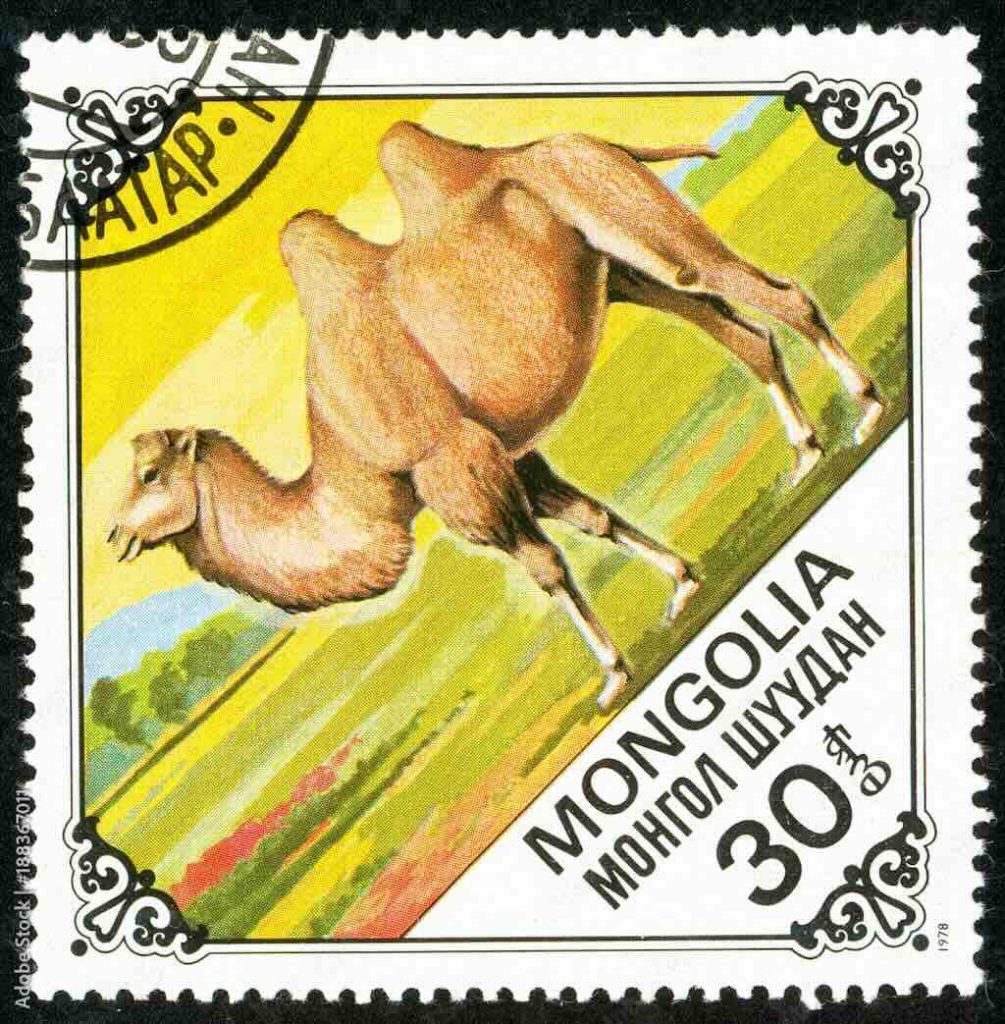
The Mongolian Postal Service
Wikipedia has a very short entry on the state-owned Mongol Post, and the postage stamps and postal history of Mongolia.
Before rapidly looking at the present-day postal system in Mongolia it’s worth mentioning that an epic chronicle, dating for the middle of the 13th century, actually mentions the postal system of the Mongol Empire. In fact one of the five “good deeds” of the ruler was to set up 1000’s of post stations so that messengers could ride “in haste”, and Wikipedia has a separate entry on the Mongolian Örtöö system. Each station was allocated a number of horses, oxen, sheep, boats, as well as controllers, couriers, boatmen, litter and load carriers (along with their families). According to one report, just for the Chinese territories, this involved 50,000 horse, 6700 mules, 4000 carts, and nearly 6000 boats, spread across 1400 postal stations.
This system had four main purposes. Firstly, to support the travels of envoys to and from the Mongol court. Secondly, the transportation of goods, particularly from North China to the core area of the Mongols. Thirdly, to help the transmission of the orders of the Khans, and finally to gather intelligence.
In fact the horse post was considered a kind of “normal post” for transportation of goods, used mainly by merchants. There was a second kind of post used only in urgent cases and probably mostly for military purposes. And there were some special postal routes designed to gather intelligence about rebellious princes.
It is commonly understood that the usage of the postal system was connected to the possession of a tablet or authority paiza. This could be made of wood, iron, silver or gold, it could be oblong or round in shape and it could carry an image of an animal such as a gerfalcon or tiger.
It would appear that there were three kinds of paizas in circulation. Postal tablets were the first group which permitted the holder to use the postal system. The second group were possessed by the holders of official positions, specifically military leaders. The third group were curfew tablets, which were used for patrol and night travel.
It looks as if the system was a mix of two different types of network. One an infrastructure of stations, horse and boats maintained at the states expense to transport foreign envoys and messengers from a few high ranking officials and military generals, with proper certificates, to the capital, The other consisted of thousands of rustic building, corvée labourers serving as foot posts, complex mail handling procedures, and stipulated delivery times.
It would appear that part of a postal network were in usage centuries before the Mongol period (at least from the middle of the 7th century), and equally some of its elements lived on in the successor institutions in Eurasia centuries after the fall of the Mongol Empire.
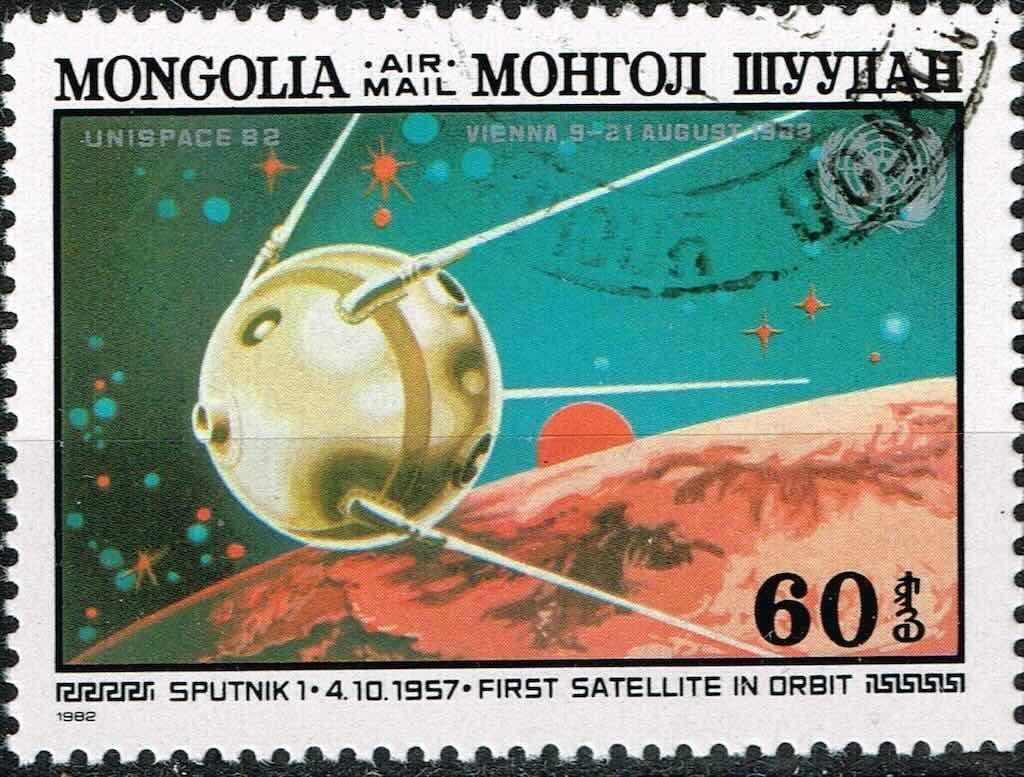
So returning to the Wikipedia articles, we learn that the first stamps used in Mongolia were those of Russia from 1858, who operated a number of post offices in the country. And that the first stamps of Mongolia were issued in August 1924, depicting the Vajra, a scepter that is a religious symbol in Buddhism.
The Scepter (vajra) was given to the guardian who stood at the entrance of Buddhist temples, and used it to drive away evil spirits. It represents both a thunderbolt (irresistible force) and a diamond (indestructibility).
From 1935 the postal system had a succession of names commencing as the ‘City Post Committee’, including ‘Central Post’, ‘Telegraph, Post and Communication Office’, until 2002 when finally renamed Mongol Post.
A great description of the postage stamps issued by Mongolia can be found here.
Another report mentioned that there were more than 4000 types of postage stamps on over 1000 topics on public display at the Museum of Postage Stamps of the Mongol Post Company. The same source reported that the Mongol Post Company printed 40,000 packs of postage stamps showing the twin towers of the World Trade Center. They supported counter-terrorism actions and donated the sales revenue to the US Embassy in Ulaanbaatar for restoration of the World Trade Center site.
I personally find some of the Mongolian stamps a bit gaudy (Elvis, etc.), but there are some very interesting postings, here and here, and clearly many people collect these stamps, if only as tourist items. On the other hand I quite like the Mongolian stamps celebrating space exploration.
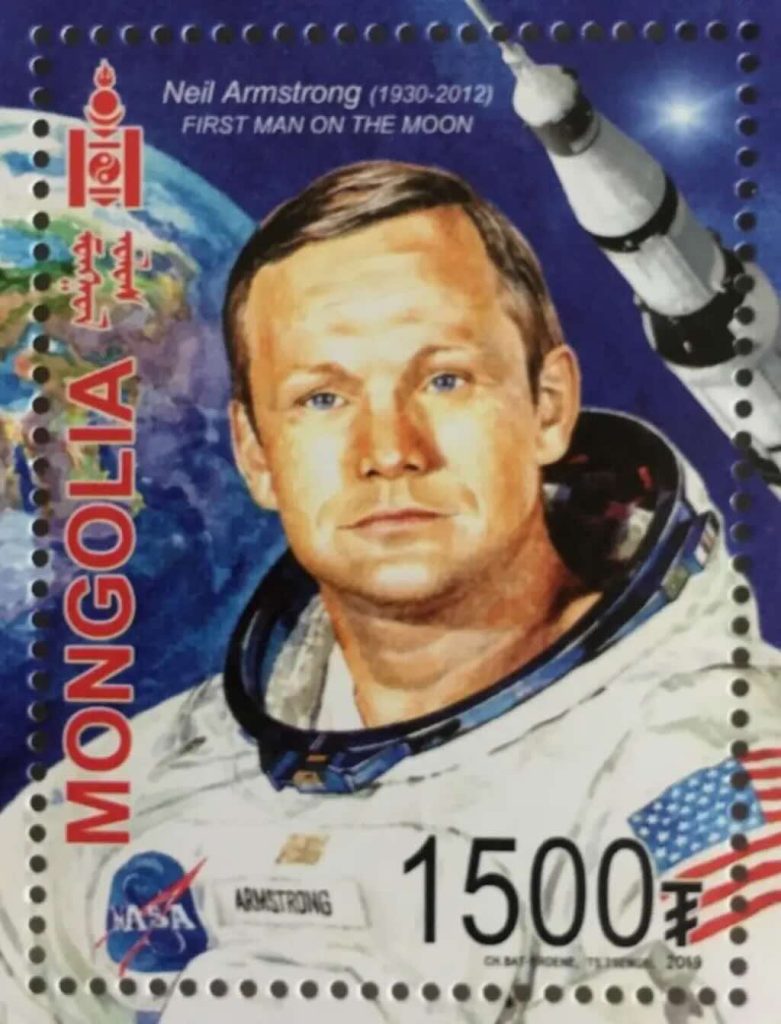
Text taken from an article in The Daily Doll. It also has some great photos. Also checkout this article and this article.
The Khalkha people living in Mongolia have a rich and distinctive culture, and the traditional headdress of married women is an integral part of this culture. This headdress, known as “gems“, is an intricate and beautiful design that is not only aesthetically pleasing but also has deep symbolic meaning.
The basis of the hairstyle “gems” is a small cap called “tohun“. It is usually made of fabric or felt, often in bright colours. The cap is decorated with coral, turquoise, glass beads, beads and other decorative elements.
The hair of a married woman is divided into two parts and styled in the form of “horns” with special large silver or bamboo hairpins. This part of the hairstyle is called “bogtokh“. It is believed that the two “horns” symbolise divine power and protection, which protects the woman and her family. Another source mentored that the cow was the symbol of freedom and nomadic life.
The lower part of the hair is braided. Rich women often covered their braids with covers with silver plates stitched on them with filigree ornaments and inclusions of semi-precious stones. This part of the headdress was called “khashmag“.
The headdress “samotsveti” is a symbol of marriage, fertility and well-being. It also reflects a woman’s social status in society. The richer and more noble a woman was, the more elaborate and richly decorated was her headdress.
Nowadays, the “gems” headdress is mostly worn by elderly women in rural Mongolia, but it is still an important cultural symbol of the country. It can be seen at national holidays, weddings and other special events.
To best understand the context of the above, check out “A Tour in Mongolia” by Beatrix Bulstrode (1920).
